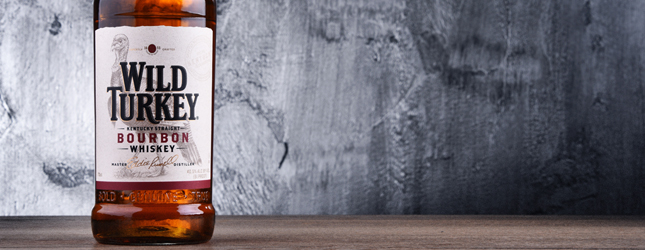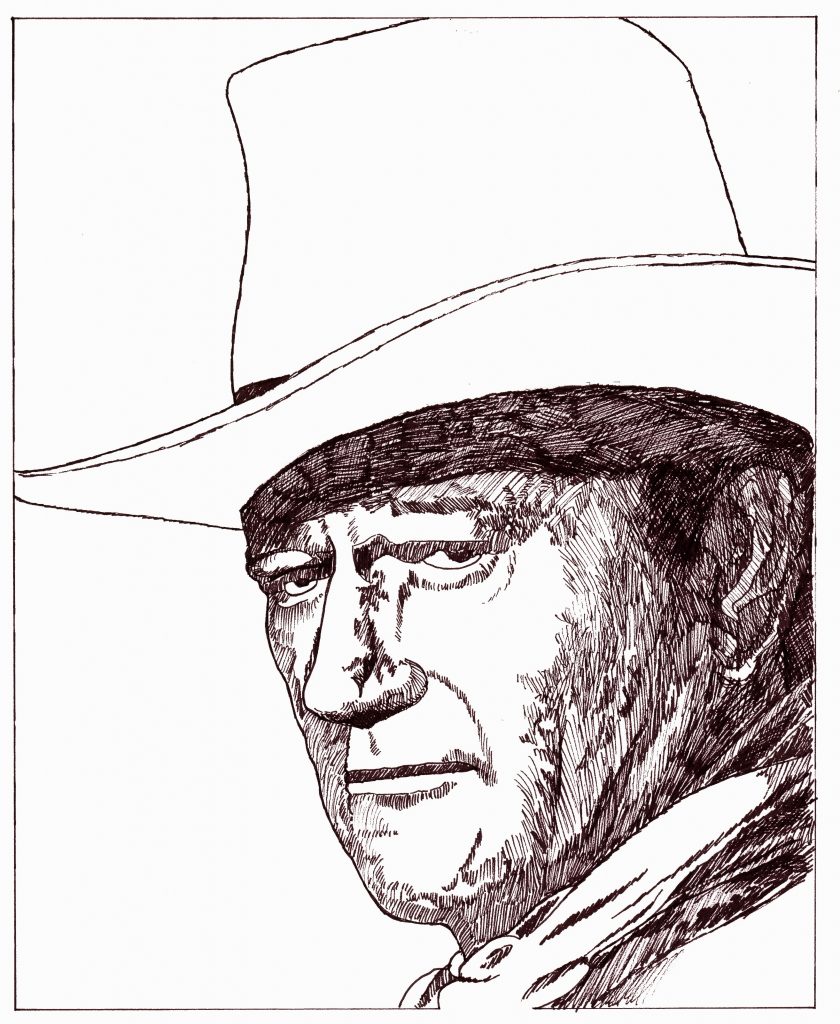Q. I’ve been using straw as mulch in my vegetable garden to keep the soil from drying out too quickly. Unfortunately, it has two problems; it’s messy to transport, and it’s full of weed seeds. Are there any compatibility problems, if I switch to redwood bark? If so, would the bark chips be okay, or would you use the shredded variety?
A. With the rainy season concluded and the arrival of warm temperatures, it’s time to think about mulching not only in your vegetable garden but around roses, camellias, azaleas, and other landscape trees and shrubs along with seasonal color. There are no compatibility concerns with any of the types of bark or shredded redwood products. You can mix and match different types of mulch, including shredded paper products. You’ll need a thick, two to three-inch layer to conserve moisture and prevent the weed seeds from germinating. Mulch from previous years needs to be replenished as it breaks down over time into smaller and smaller particles. Eventually, it forms an ideal growing medium for undesirable plants. If you’re using a landscape fabric or other type of weed barrier, you’ll need to remove the old mulch before adding the new material. The Old material is then used when planting new plants or mixed with potting soils for container plants. It has a beneficial use. It’s not necessary to mulch to the main trunk of plants. The canopy of the plant(s) should be sufficient to shade this area if not then mulch to the trunk. Weed seeds are always going to be a problem with any bulk product that is stored outside in open bins. They’re regularly exposed to the weed seeds that blow in with the wind. Whatever bulk material you decide on, you can hedge your bet against the unwanted growth by applying a pre-emergent herbicide. Pre-emergent herbicides are applied over rooted plants, preventing the weed seeds from germinating. The nursery professional at your local garden center can advise you on what to use in your yard.
Q. We have cut down a huge, old pine tree that was in my backyard. It’s been years since I’ve had this much sunlight, so I’m excited about planting. But before I do so, what do I do to counter the acid soil from the pine needles?

A. It’s unlikely that pine needles would change the soil chemistry, making it acidic. This bit of garden lore is fiction, a myth that has been around for generations. Pine needles have a pH ranging between 3.2 and 3.8 when they fall from the tree. If those materials are incorporated into the soil before decomposing, they may have a small effect on the soil pH. When used as mulch, it has little impact on plants, as the roots are not growing in the material. You can double-check the pH of your soil with a simple pH Kit available at many garden centers. As the needles decompose, the microbes will neutralize them further. Pine needles are an excellent material to mulch around plants. Pine needle mulch is long-lasting, will help keep down weeds, conserve soil moisture, and eventually break down, adding nutrients back into the soil. Also, they don’t wash or float away, have a uniform color and texture, that’s visually appealing, and finally, it doesn’t attract termites. In a compost pile, you should limit the amount of pine needles. Pine needles have a slightly waxy coating and are very dry, and they take a long time to break down. For faster compost, limit the number of pine needles, about 10% to 20%, along with other garden trimmings and then balance the mix with grass clippings, food scraps, and or coffee grounds. You’re looking for a 50% ratio between the brown items and the green. The benefit of adding pine needles to a compost pile is they maintain proper aeration, do not compact and keep air flowing through the pile. Another concern raised periodically, is that the needles contain Terpenes. Terpenes are chemical molecules said to retard germination and new growth; however, the effect is short-lived. By the time the pine needles turn brown, most of the Terpenes have evaporated. Terpenes are easy to detect using the sniff test. They’re responsible for giving pine needles its pleasant fragrance. Hence, when the scent is gone, so is the Terpenes.
It is hard to grow anything under pine trees, so the acid soil myth continues. The real reason why plants struggle is because of the copious number of surface roots of varying sizes that compete for water and nutrients and the dense shade. While the shade is now gone, the roots are still present, and unfortunately, they aren’t going to decompose anytime soon. This network of roots makes digging of any new holes challenging. You might opt to avoid this problem altogether by constructing a series of raised beds. Instead of disposing of the needles, I’d rake them into a pile or bag some of it to use later. And finally, pine roots don’t send up suckers like other trees,















